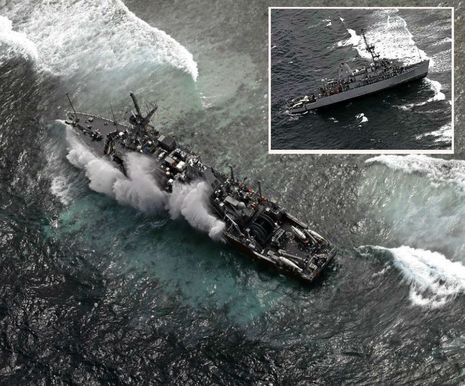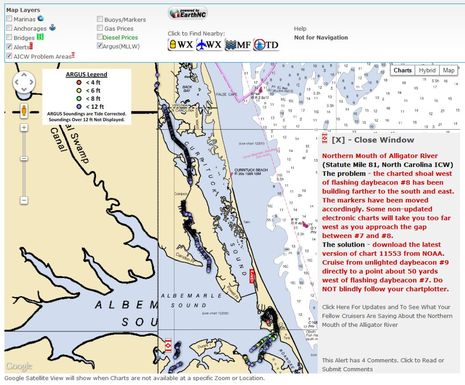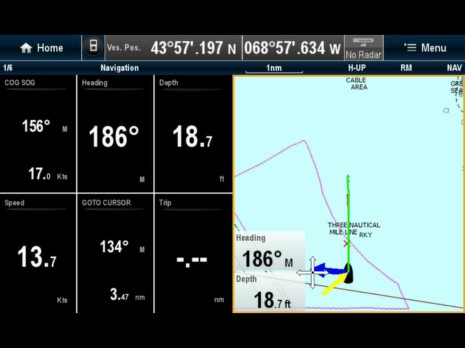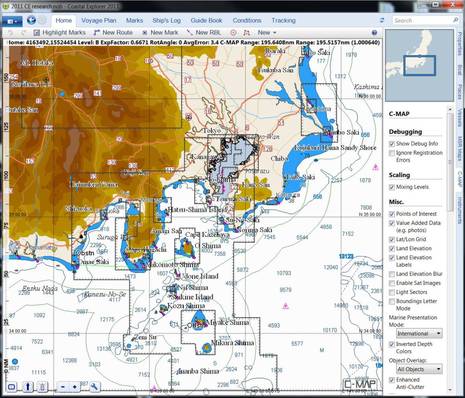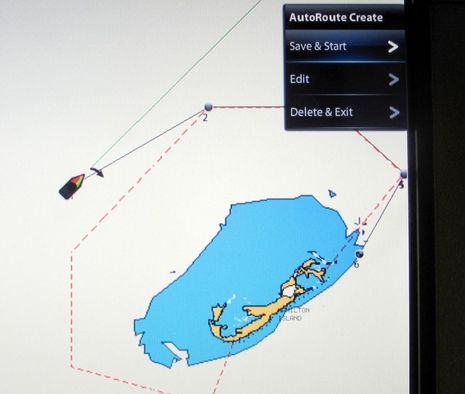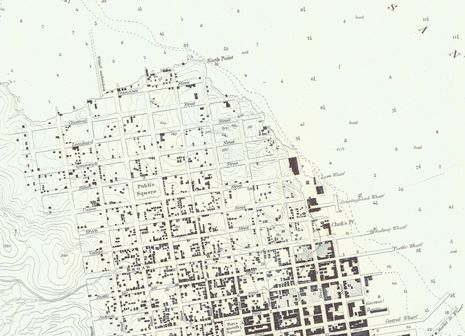USS Guardian aground, DNC chart error?
I’ve heard of hitting “the bricks” as in going hard aground — as well as “bricking” a computer (or other gadget), as in breaking it so badly that it’s only good for a door stop — but gCaptain surprised me with “USS Guardian is Fully Bricked Up and Getting Battered on Philippine Reef.” The situation is even worse since the minesweeper swung 90 degrees and is getting so hammered that it’s hard to imagine how it can be removed from the tiny Tubbahata Reefs National Park. Thankfully no one was hurt (to my knowledge) but I’m probably thinking about terminology because it’s horrible to contemplate what those pictures imply about the damage to ship, reputations, and — most important — precious wildlife. How could this happen?



